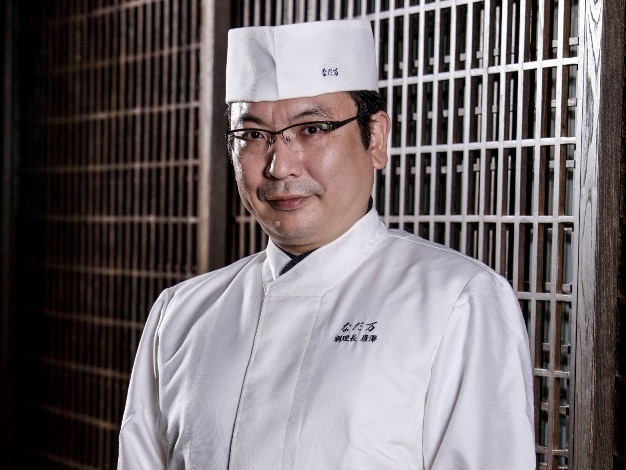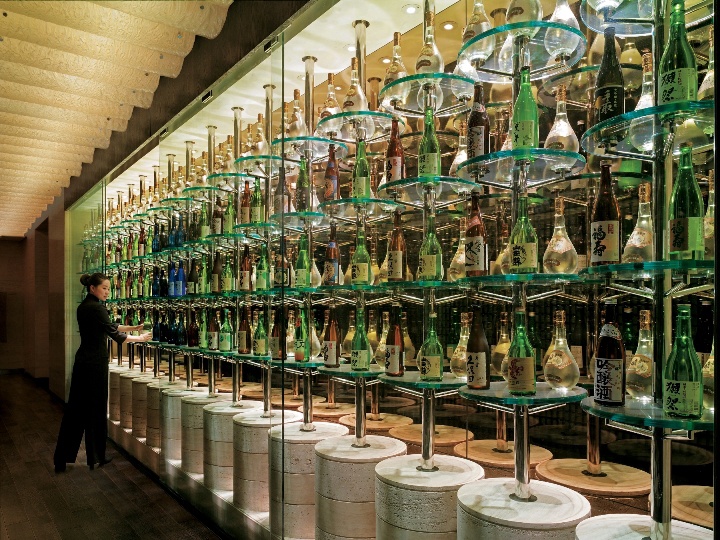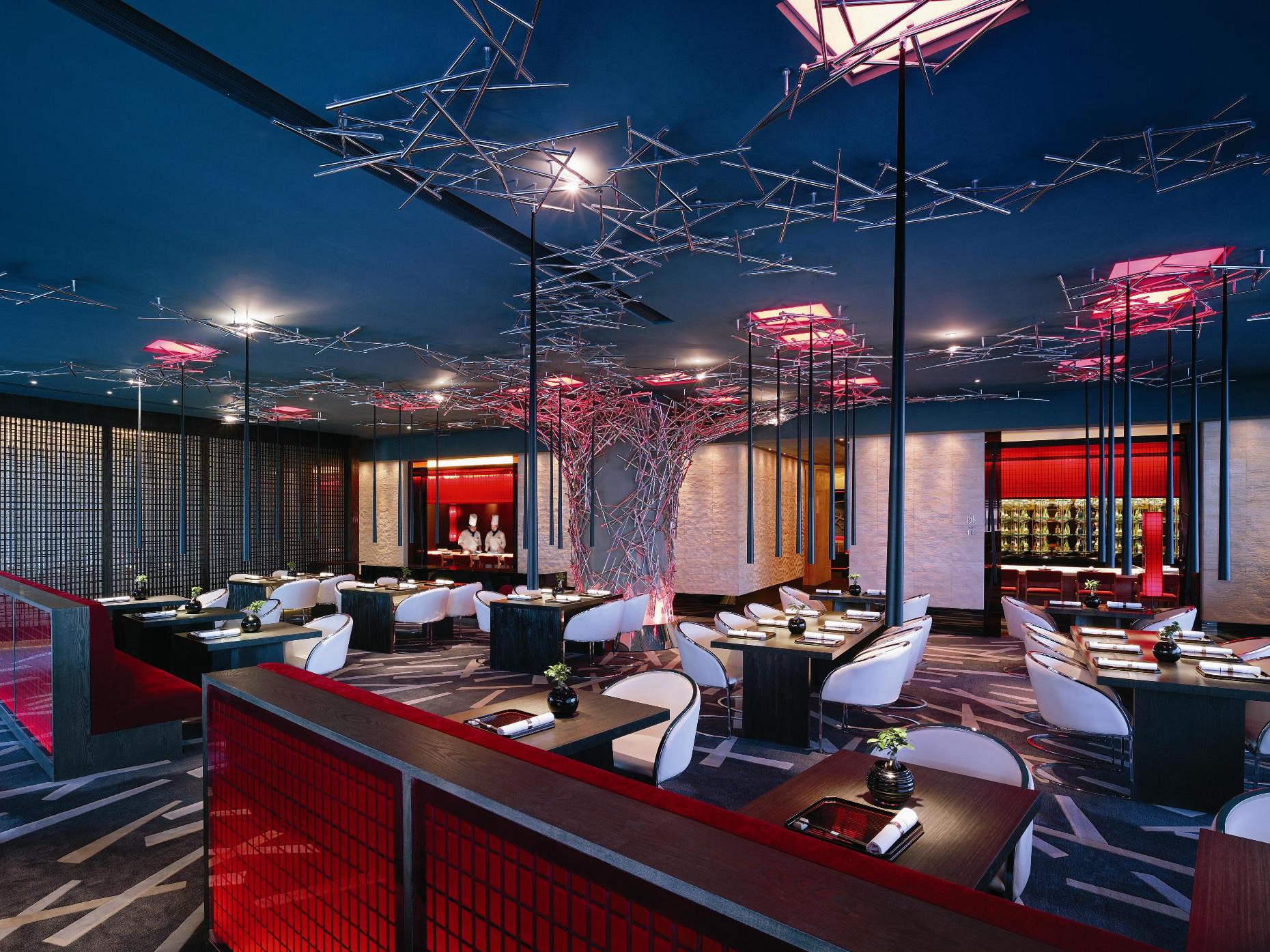
Beijing, 15 September 2017 – With a rich two-century-old tradition of fine Japanese cuisine and gracious hospitality, Nadaman at China World Summit Wing, Beijing treats discerning diners to a new menu of traditional Japanese cuisine, such as the exquisite kaiseki, as well as innovative dishes and desserts created by the new head chef, Hiroaki Karasawa, and his talented culinary team.
Japanese food is natural, tasty, diverse, sophisticated and well-adjusted in terms of ingredient selection and preparation. To be sure, following the scent of the essence is the first spirit of Japanese cuisine, a bridge between the food users and nature, and the natural delicacy of the meal to be enjoyed by the diners through meticulous cooking. Every time a Japanese dish is consumed, it is an intimate encounter with nature.

All ingredients are selfless gifts from nature, and a good chef is bound to be awed and grateful; he incorporates his sincerity into the cooking of the food without reservation. The dishes range from staples like fresh Sashimi and Grilled Eel to the more avant-garde selections from our kaiseki set menus, which are sure to astound with their intense attention to detail and unparalleled freshness.

Nadaman has an extensive selection of superior sakes, such as daiginjyo, jyunmai and jyunmai daiginjyo sake, from various regions in Japan, as well as an extensive range of flavors of trendy shochu– Japanese spirits.Compared with other wines, sake is enriched with amino acids, which greatly enhance the overall texture and beauty of the food. It creates the perfect dining experience.

A focal design highlight of Nadaman’s interiors is a central piece d’resistance, a sculptural interpretation of the Japanese weeping willow tree. Designed by design consultancy firm Stickman Tribe in conjunction with renowned lighting designer Beau McClellan, it is part-sculpture, part-lighting feature.

The Nadaman “tree” is crafted from over-scaled mirror-covered aluminium chopsticks criss-crossing each other and reaching up to the ceiling where the “branches” span the entire space, only to “weep” stylised droplet pendants over the restaurant tables, providing an intimate, yet multi-dimensional dining experience. The overall effect is ethereal, calming, mysterious and atmospheric, evoking a serene dining experience in a tranquil natural setting.
Nadaman opens daily for lunch from 11:30 a.m. to 2 p.m. and for dinner from 5:30 to 10 p.m. For inquiries and reservations, guests may call (86 10) 8571 6459 or send an email to fbreservations.cwsw@shangri-la.com. They may also follow the hotel’s WeChat account at “bjcwsw” for the latest offers and promotions.
About Nadaman
Nadaman traces its roots to Osaka in 1830, when founder Nadaya Mansuke opened his first restaurant, which later became the foundation of today’s Nadaman group of restaurants. Since then, the group has expanded with exclusive restaurants in Tokyo’s most discriminating locales, patronised by the country’s political and business elite, as well as at select Shangri-La hotels in key Asian gateway cities.
Since its origins in 1830, the Nadaman group of exclusive restaurants in Japan has strived to transform contemporary Japanese dining while carefully preserving its ancient culinary traditions. In overseeing the debut of a new Nadaman in Beijing, Chef Karasawa Hiroaki introduces a new menu promising to respect the time-honoured traditions of authentic Japanese kaiseki cuisine while rolling out contemporary authentic Japanese specialities.



